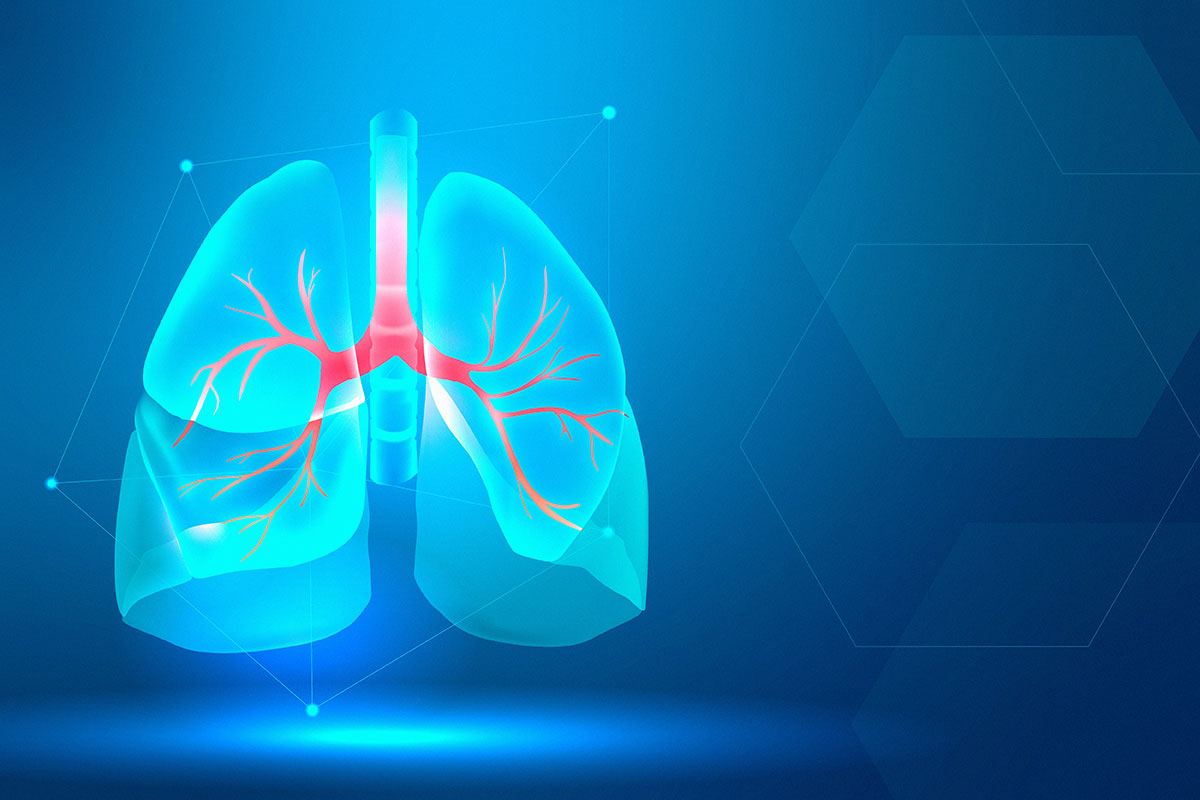
Everything You Need to Know About Diverse Liver Diseases
Everything You Need to Know About Diverse Liver Diseases
The liver is the second biggest organ in the human body and is important for digestion and cleansing. It produces digestive chemicals while also breaking down undesirable substances and detoxifying the body. We must commit to safeguarding the liver from a variety of issues. Many factors can contribute to significant liver problems.
Continue reading to learn about the leading causes of liver disease.
What exactly is Alcohol Use Disorder?
Alcohol Dependence or Alcohol Abuse is no longer used to describe all diseases associated with alcohol usage. Alcohol-related liver illness is still one of the leading causes of hospitalisation in people with liver disease. It is one disorder associated with very high morbidity and is quantified in epidemiological terms as a handicap connected with life as well as mortality, primarily affecting younger individuals. As a result, it is one of the leading causes of premature mortality in people.
There have been a variety of medical attempts to treat severe alcohol hepatitis cases, however most of these individuals are severely ill and require liver transplantation. Medical management of these people is extremely tough. There are several therapy alternatives available, including Fecal microbiota transplantation and Plasma exchange, however none of these medicines has reached the gold standard of care.
The only option to cure a sick patient, particularly one suffering from liver failure syndrome, is through liver transplantation. Though it is difficult and challenging, it is important to remember that the patient receives adequate psychosocial care.
The most essential thing to remember is to drink in moderation, and we should be mindful that binge drinking or drinking outside of mealtimes is more harmful to the liver than anything else.
What exactly is Non-Alcoholic Fatty Liver Disease?
Nonalcoholic Fatty Liver Disease is a syndrome in which the liver is laden with fat. The fat stored in the liver might vary, but it must account for at least 5% of the liver cells, whether they are liver fat or triglycerides. Patients with fatty liver are connected with inflammation, while others are associated with scarring, and this progression is known as nash cirrhosis. It is one of the most common causes of chronic liver disease both globally and in our country. This illness is affecting even young children and adolescents. This is due in part to genetic, epigenetic, environmental, and lifestyle factors. As a result, it is not uncommon for young toddlers to become engrossed in their devices and subsequently devour whatever comes their way. Carbonated beverages are a major contributor to the spread of this condition. Unfortunately, there is no established therapy for this illness other than weight loss, which is incredibly challenging given that these individuals are often overweight and have a variety of joint difficulties and sleep disturbances. There are links with other problems as well, such as cardiovascular disorders, menstrual irregularity, hypothyroidism, uric acid elevation, abnormal lipids, and these people are also vulnerable to cardiovascular syndrome as well as cancer affection in many regions of the body. In fact, this illness is currently one of the most common reasons for liver transplantation in both our country and the Western world.As previously stated, there is no recognised medical therapy. Weight loss is the only thing that works, and it must be accomplished by calorie restriction as well as regular exercise. It has been discovered that if you drop 10% of your starting weight, you can even reverse the scar tissue that has formed in the liver. However, this occurs regularly, and even in a lesser number of people.
Because this is a lifestyle disorder, parents must take on a great deal of responsibility. When assessing patients in the clinic, every effort should be taken to determine if there is a metabolic disturbance that has resulted in this illness and to treat it. Diabetes, hypertension, and displedemenia can all be managed medically, which can impact the natural history of the condition.
What exactly is Hepatitis B?
Hepatitis B and C are the most common viruses that cause liver damage. We all know that there is an incredibly effective Hepatitis B vaccination, and we should always encourage individuals to be vaccinated. In fact, the guideline recommended that this vaccine be administered to the newborn at the time of birth. It should also be given to pregnant women, but we can see that coverage for this vaccination is still not as widespread as it should be. If you contract chronic Hepatitis B, you will be on therapy for the rest of your life. This is an area where there is still a lot of activity and research going on, but we have yet to find a definitive treatment for this syndrome.
Patients with Cirrhosis caused by the Hepatitis B virus confront an additional hurdle, as this is the most common cause of liver cancer in our nation. It is critical to remember that once cirrhosis has been diagnosed, people should be monitored for the rest of their lives. So, every six months, we should ultrasound them and label them as tumours, as well as their family history of living cancer.
What exactly is Hepatitis C?
For the medical community, this has been a major success. At one point in time, the treatment was really difficult, and we frequently failed. However, in 2014, we received several breakthrough medications that began operating directly as antivirus. When administered for a short period of time, such as 20 to 24 weeks, these medications are capable of eradicating this infection. And because this is a virus that does not link with the nucleus of the virus cell, it may be destroyed and never returns after this sustained response has been undertaken.
What exactly is liver cancer?
Liver cancer is the fourth or fifth most frequent type of cancer in the world, and it is the most aggressive sort of tumour found in the human body. These situations are becoming more common as a result of the NAFLD syndrome. The difficulty with NAFLD condition is that you don't even require cirrhosis to have a liver tumour. This indicates that even in the absence of cirrhosis, these patients can develop liver cancer. As a result, the surveillance approach for these patients is not well defined. The crucial thing to remember is that these tumours should be found early; if they are detected at a presymptomatic stage, they have a better chance of being cured. Cure can take the form of surgical removal of the tumour or, if the tumour affects multiple sections of the liver, transplantation. If you discover that the tumour cannot be removed for the patient's benefit, you must perform what are known as down staging operations. These are techniques that minimise the tumour volume so that we can cut the patient into a shape, remove the tumour, or transfer the patient. However, this is a very difficult tumour to treat because it is extremely aggressive and has a high fatality rate. Systemic therapy for malignant tumours has made significant progress, thanks to the development of novel medications that boost the body's immunity; these are known as immune check nabutas. It is a very active research topic that will transform even advanced unreciptaple liver cancer patients.
What exactly is Acute Liver Failure?
Acute liver failure, also known as acute liver failure, occurs when a person does not have any liver disease. It is a significant difficulty, and the number of instances is quite few and far between, but high volume centres can see 12 to 20 cases of this syndrome every year. Is there any medical progress in this syndrome? Yes. Those who present with very acute liver failure, also known as hyperacute liver failure, have a chance of survival with intensive care, including plasma exchange. However, the prognosis or how the patient will feel is still reliant on the aetiology, which implies that what causes the liver failure might impact the patient's result. Patients who enter with an advanced state of coma frequently require transplants because their mortality rate without transplants is 60% to 80%. We are seeing the syndrome of acute on chronic liver failure far more frequently, which suggests that there is an acute disruption in people who already have underlying chronic liver disease. Patients then begin to suffer not only liver failure but also other organ failures of the body such as renal failure, brain failure, and so on. This situation is at least four to five times more common than acute liver failure, and we should again try to manage these patients medically with good liver intensive care and organ support systems, and if we find that these patients are not improving, we should offer them liver transplantation.
During the Pandemic, Liver Transplantation
Particularly in the last year and a half, with the pandemic. It was difficult for us to justify the transplant in the early phases of the pandemic because everyone was afraid, and we were afraid that these people would go on immuno separation after transplantation. Is it going to have a negative impact on their outcomes? We rapidly discovered that this was not the case, but as trust grew, transplant numbers returned to pre-covid levels. Liver transplantation has made significant progress for a variety of reasons, including improved patient selection, surgical and anaesthetic techniques, and, most critically, the medical treatment of these patients after transplantation. The typical length of stay for a transplant patient has now been lowered dramatically to 7 to 10 days. In addition, there is a higher tendency in these individuals following transplant to use reduced immune separation. Machine perfusion refers to advancements in how to manufacture or save organs that are of poor quality. This has once again become available in our country, but it is still pricey and the cost remains rather exorbitant.
Finally, how has covid affected liver illnesses and patients? We have seen in recent months that covid can influence the liver in a variety of ways. The virus can either harm or stimulate the liver. A variety of medications used to treat covid are also hepatotoxic, meaning they can harm the liver. If patients who already have chronic liver disease contract covid patients, their liver function can rapidly decrease. We used to believe that only persons who are overweight are at risk for covid and unfavourable outcomes, but it has now been observed and widely recognised by a lot of workers all over the world that patients with fatty liver disease are also at risk for more severe covid infection. Patients with immunological separation and autoimmune chronic illness must be appropriately controlled. If they become infected with the COVID-19 virus, they must modify their immunological separation so that the body can eliminate itself of the infection, and once they have tested negative by PCR and their symptoms have resolved, they must gradually return to their initial immune suppression.
A healthy diet and physical activity are beneficial to liver health, but alcohol consumption, junk food, carbonated beverages, not exercising, and being indiscrete are detrimental.
Regards:
Vasavi Hospital



0 comments